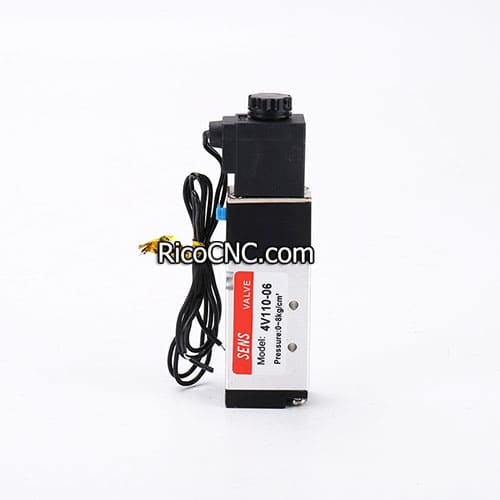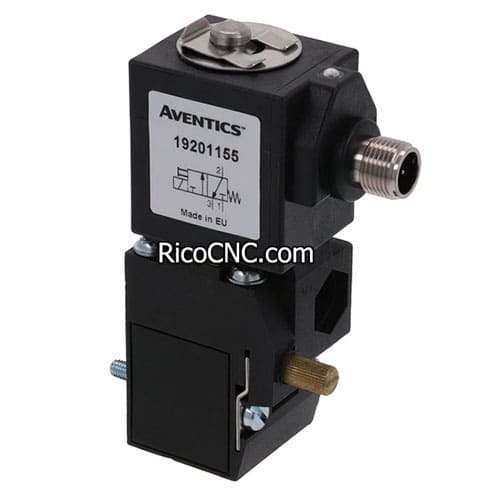
Are solenoid valves directional?
Are solenoid valves directional? This question often puzzles both beginners and experienced professionals in the field of fluid control systems. In this comprehensive guide, we'll dive deep into the world of solenoid valves, exploring their directional capabilities and much more. Whether you're a student, engineer, or simply curious about industrial automation, this article will provide valuable insights into these essential components of modern fluid control systems.
What Are Solenoid Valves and How Do They Work?
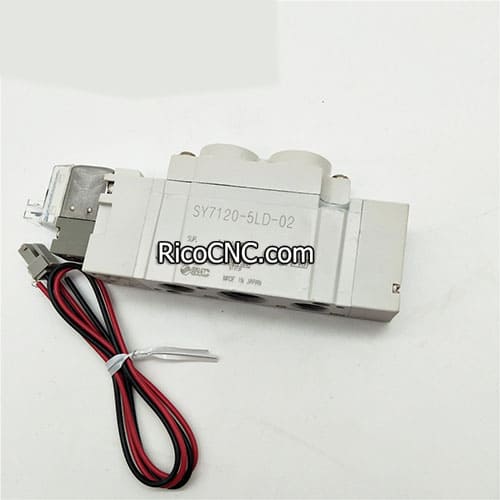
Solenoid valves are electromechanical devices that control the flow of fluids in various systems. They consist of two main parts: the solenoid (an electromagnetic coil) and the valve body. When an electric current passes through the solenoid, it creates a magnetic field that moves a plunger, which in turn opens or closes the valve.The basic working principle of a solenoid valve is simple yet effective:
In its de-energized state, a spring holds the plunger in place, keeping the valve either open or closed (depending on the valve type).
When energized, the solenoid creates a magnetic field that overcomes the spring force, moving the plunger.
This movement either opens or closes the valve, controlling the flow of fluid.
Are Solenoid Valves Considered Directional Control Valves?
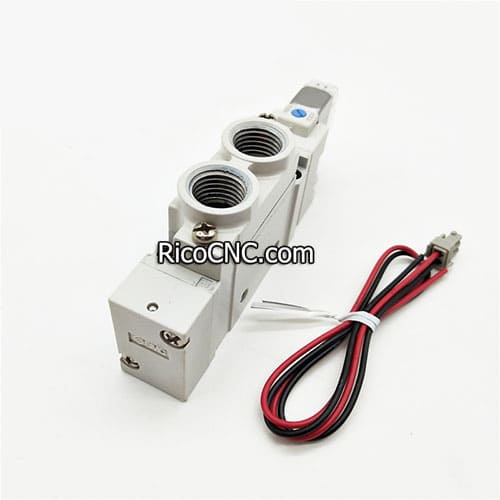
Yes, solenoid valves can indeed be directional control valves. In fact, many solenoid valves are specifically designed for directional control applications. These valves, often called directional solenoid valves, are crucial components in hydraulic and pneumatic systems where precise control of fluid flow direction is required.Directional solenoid valves can:
Change the direction of fluid flow
Start or stop fluid flow
Control the rate of fluid flow
Their ability to quickly and accurately switch flow paths makes them invaluable in many industrial applications, from manufacturing to aerospace.
What Types of Directional Solenoid Valves Exist?
There are several types of directional solenoid valves, each suited for specific applications:
2-Way Valves: These simple valves have one inlet and one outlet, controlling flow in a single direction.
3-Way Valves: With three ports, these valves can direct flow between two different paths.
4-Way Valves: These versatile valves have four ports and are commonly used in double-acting cylinder applications.
5-Way Valves: Similar to 4-way valves but with an additional exhaust port, often used in more complex pneumatic systems.
How Do Hydraulic Solenoid Valves Differ from Pneumatic Ones?
While both hydraulic and pneumatic solenoid valves serve similar purposes, they have some key differences:
Medium: Hydraulic valves control liquids (usually oil), while pneumatic valves control gases (typically air).
Pressure: Hydraulic systems generally operate at much higher pressures than pneumatic systems.
Response Time: Pneumatic valves typically have faster response times due to the compressibility of air.
Precision: Hydraulic systems often offer more precise control due to the incompressibility of liquids.
Understanding these differences is crucial when selecting the right valve for your application.
What Are the Advantages of Using Directional Solenoid Valves?
Directional solenoid valves offer numerous benefits:
Quick Response: They can switch flow paths rapidly, essential for many automated processes.
Remote Control: Can be easily controlled from a distance using electrical signals.
Versatility: Available in various configurations to suit different applications.
Reliability: With proper maintenance, solenoid valves can operate reliably for long periods.
Compact Size: Their small footprint makes them ideal for space-constrained applications.
How Are Solenoid Pilot-Operated Valves Different from Direct-Acting Ones?
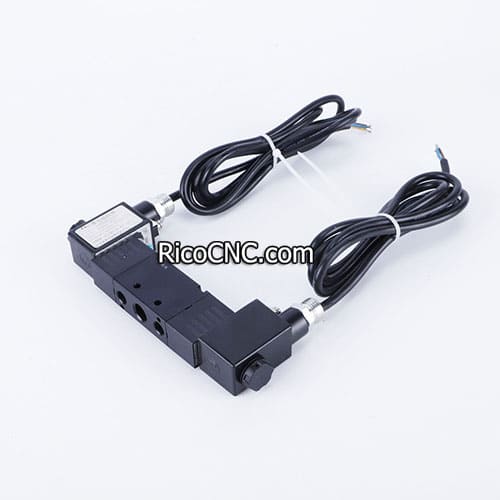
Solenoid pilot-operated valves and direct-acting valves differ in their operation mechanism:
Direct-Acting Valves:
The solenoid directly moves the main valve.
Suitable for smaller valves and lower flow rates.
Faster response times.
Pilot-Operated Valves:
The solenoid controls a small pilot valve, which then actuates the main valve.
Can handle larger flow rates and higher pressures.
Slightly slower response but requires less electrical power.
Choosing between these types depends on factors like required flow rate, operating pressure, and response time needs.
What Are Some Common Applications of Directional Solenoid Valves?
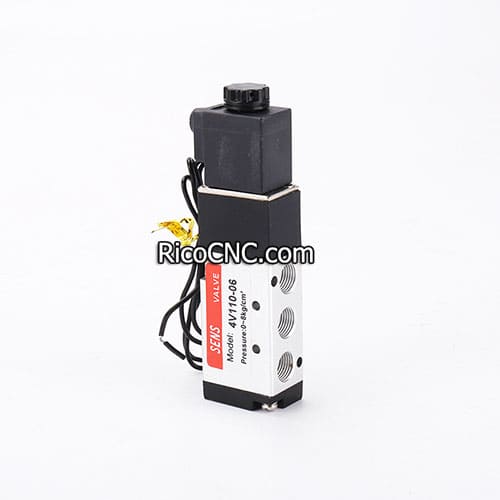
Directional solenoid valves find use in a wide range of industries and applications:
Manufacturing: Controlling pneumatic and hydraulic actuators in assembly lines.
Automotive: In transmission systems and engine management.
HVAC: Regulating flow in heating and cooling systems.
Medical Equipment: Precise fluid control in diagnostic and treatment devices.
Agriculture: Irrigation systems and sprayer controls.
Food and Beverage: Controlling ingredients in processing and packaging.
How to Read and Understand Solenoid Valve Symbols?
Understanding solenoid valve symbols is crucial for interpreting hydraulic and pneumatic circuit diagrams. Here's a quick guide:
Squares represent valve positions.
Lines within squares show flow paths.
Arrows indicate direction of flow.
Solenoids are represented by rectangles with a diagonal line.
Springs are shown as zigzag lines.
For example, a 3/2 valve symbol would have three squares (representing three positions) and two flow paths.
What Factors Affect the Performance of Directional Solenoid Valves?
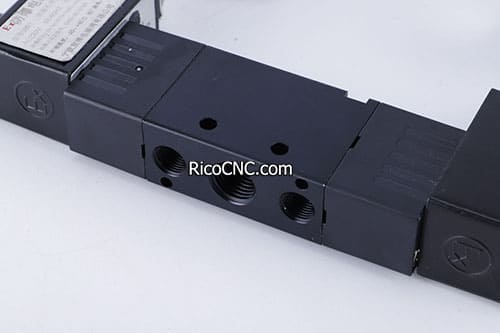
Several factors can impact the performance of directional solenoid valves:
Operating Pressure: Valves must be rated for the system's pressure.
Flow Rate: Exceeding the valve's flow capacity can lead to poor performance.
Temperature: Extreme temperatures can affect seals and solenoid efficiency.
Fluid Compatibility: The valve materials must be compatible with the fluid.
Electrical Supply: Voltage fluctuations can impact valve operation.
Maintenance: Regular cleaning and inspection are crucial for longevity.
How Do Normally Open vs. Normally Closed Solenoid Valves Work?
The terms "normally open" and "normally closed" refer to the valve's state when de-energized:
Normally Open (NO) Valves:
Allow flow when de-energized.
Close when energized.
Often used in cooling systems or where flow is the default state.
Normally Closed (NC) Valves:
Block flow when de-energized.
Open when energized.
Common in systems where safety requires flow to be stopped by default.
Choosing between NO and NC valves depends on your system's requirements and fail-safe considerations.
Conclusion: The Versatility of Directional Solenoid Valves
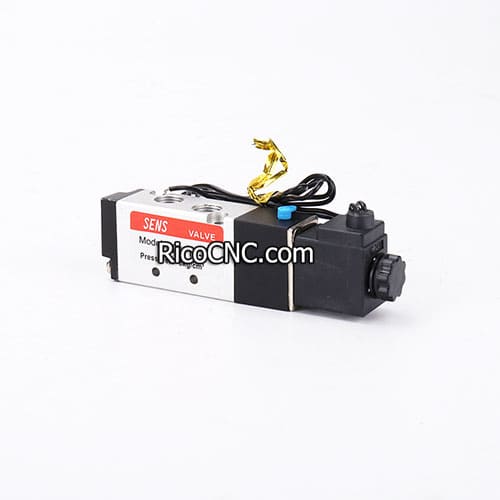
Solenoid valves are indeed directional, and their ability to control fluid flow direction makes them indispensable in numerous applications. From simple on/off control to complex multi-port configurations, these versatile devices play a crucial role in modern fluid control systems.Key points to remember:
Solenoid valves can function as directional control valves.
They come in various types, including 2-way, 3-way, 4-way, and 5-way configurations.
Hydraulic and pneumatic solenoid valves have distinct characteristics and applications.
Factors like pressure, flow rate, and fluid compatibility affect valve performance.
Understanding valve symbols is crucial for interpreting system diagrams.
Regular maintenance is essential for optimal valve performance and longevity.
RicoCNC can supply a series of solenoid valve, like:
5728400620 AVENTICS Single Solenoid Valve
5728400420 AVENTICS Pneumatic Solenoid Valve
5728400220 Aventics Pneumatic Directional Control Valve
PHS520S-8 Parker PEC5-220V-D Single Solenoid Valve
5727455302 AVENTICS 5 Way 2 Position Pneumatic Valve Directional Solenoid Valve
0820024026 BOSCH REXROTH Single Solenoid Valve
0820022027 Bosch Aventics Pneumatic Directional Valve
4WE6Y62/EG24N9K4 R900561276 Bosch Rexroth Directional Spool Valve
Welcome your inquiry.







